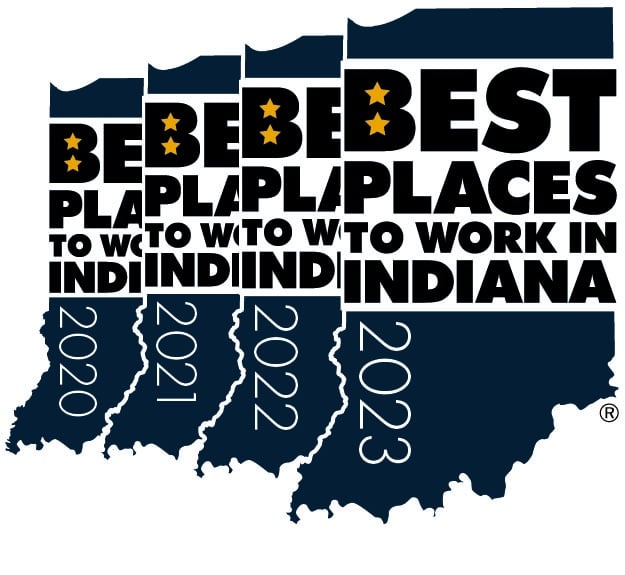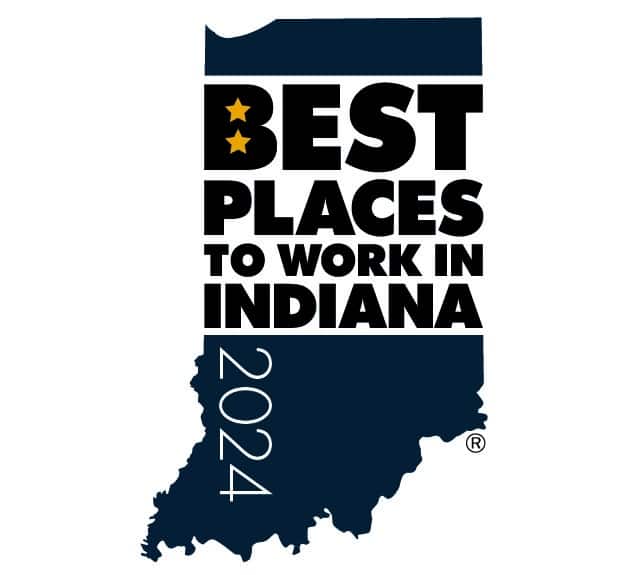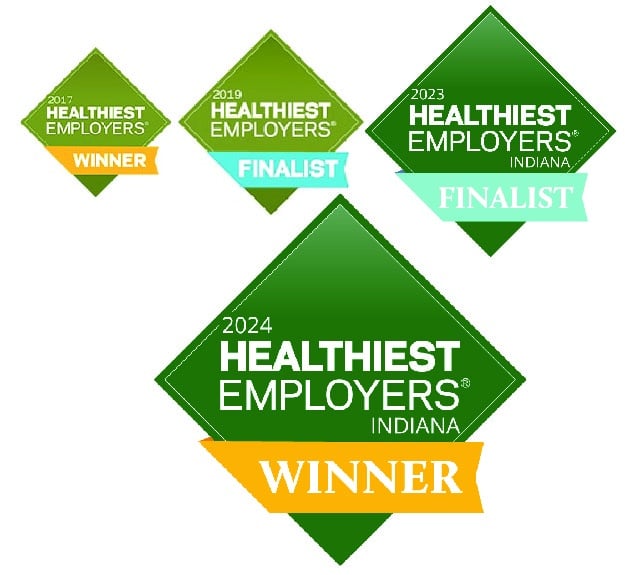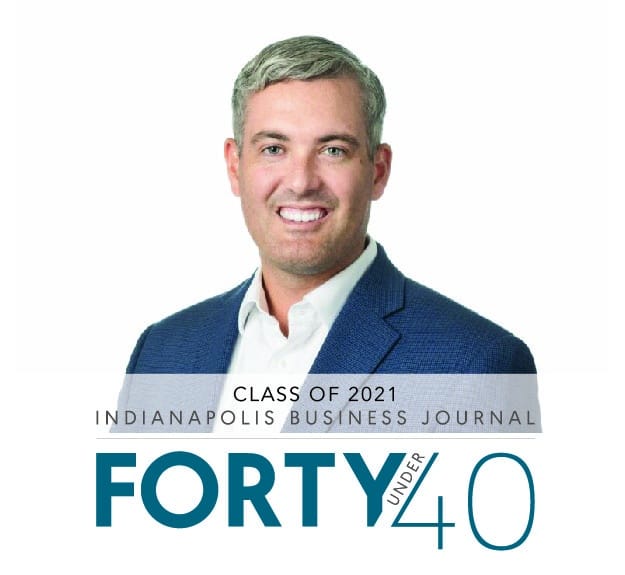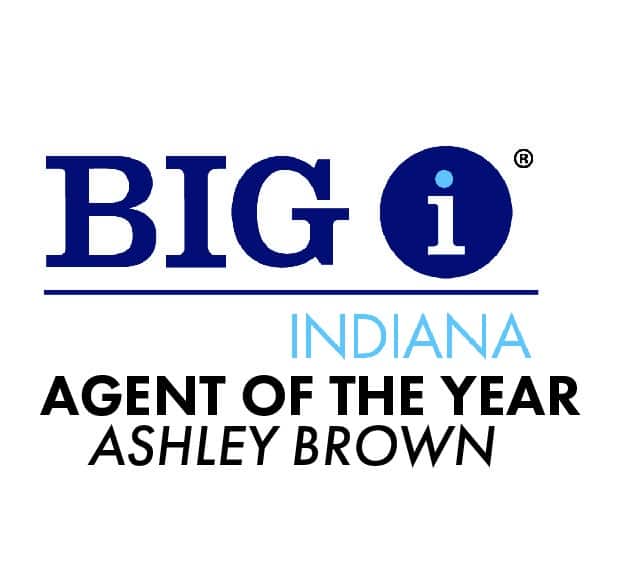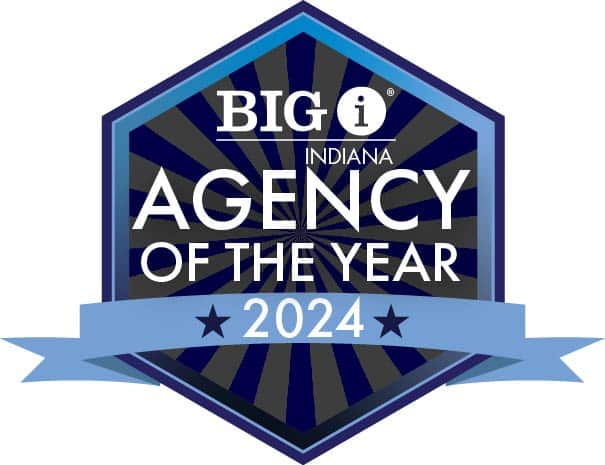Case Study: The Value of an Informed Decision
BY JASON STARNER | Senior Property and Casualty Advisor

Nonprofits, by definition, exist to serve others. The majority of their funding is sourced from grants, contributions and donations, with any excess being reinvested back into their organization or used to help the groups or individuals that they serve. Their growth – and their service – is dependent on the help and generosity of others. Because of this, nonprofits operate under extremely tight budgets, and any overspending can drastically hinder their efforts. Although their causes differ significantly from their for-profit counterparts, a nonprofit’s internal needs do not. Their full- and part-time employees share the same insurance, benefits and liability coverage needs as any employee would elsewhere – needs that can be particularly expensive for this industry as a whole.
In November of 2015, through a previous work relationship that I had developed years prior with the CFO, I had the opportunity to work with a large nonprofit organization, which I’ll refer to as “Human Services,” to help identify ways to save money on their insurance premiums. In its entirety, Human Services has over 2,500 employees across 13 states with an annual payroll of roughly $90 million – numbers that continue to grow each year. Because of their size, Human Services was in a position to investigate multiple opportunities to change coverage options and programs in order to save money, but through our initial conversations, we discovered that they were hesitant to act on these alternatives due to a lack of information.
After examining Human Services’ needs and current situation with the team at Conner, we reached the conclusion that their most immediate need was a more efficient worker’s compensation program. At the time, Human Services was operating under a guaranteed cost program, which is often better suited for small to medium-sized entities, not organizations of Human Services’ current size. Their total costs were close to $1.7 million annually as a result. This program was still in place primarily because it had always been there and was a system they were familiar with. Additionally, it was a personal choice, as their current broker had previously presented a multitude of other options, which included a captive insurance plan, a large deductible program and even self-funding. But, despite the promises of these alternatives, the organization wasn’t comfortable making a decision without gaining a better understanding of the potential impact of each.
Through our investigation, we found that Human Services’ current broker had actually recommended some of the best possible options for their needs, but they had failed to communicate why these were the most effective courses of action. In order to make a decision, Human Services would need to know what success and failure looked like for each option, as well as a straightforward explanation of what the terms of each agreement meant for their employees and the organization as a whole.
After analyzing hundreds of pages of claims history spanning nearly seven years, and taking into account the specific states they operated in, we decided that a large deductible worker’s compensation program was the best option for their needs. Immediately, we began working with excess insurance companies and third party administrators to determine if our findings were correct. We condensed our collected data into a comprehensive report and worked with each party to make calculations, get quotes and determine if our proposed solution would be feasible. Upon the completion of this process, we found that our predictions were correct; however, we still were faced with the obstacle of making sure these numbers were relevant and easy to understand. Our solution was to finalize our proposal and condense our findings onto a single sheet.
On our single sheet, we illustrated how their current programs were performing, comparing how payments and other factors correlated with the true costs of having them in place. Based on our own market knowledge and understanding of large deductible programs, we laid out what a large deductible program would look like for Human Services. We showcased a breakdown of costs for what excess carriers and TPAs would typically charge, along with our low- and high- end estimates for the program’s implementation based on trends and fluctuations over the past seven years. Despite its low probability, we explained that the low-end, or worst case scenario, would mean excess costs of $400,000, and the high-end, or best case scenario, would mean savings of close to $500,000. Pleased with their understanding of the terms, Human Services opted to implement the high deductible program.
Because we had established a sense of trust with Human Services, we wanted that same quality and comfortability to be shared between the organization and the incoming third parties they would be dealing with. In the time leading up to the program’s implementation, we set up interviews with TPAs and excess carriers to see how the personalities of each worked with Human Services. The result was the selection of third parties not only qualified by our own standards, but who were also able to connect on a personal level with our client.
Just six months after implementation, Human Services has already saved over $230,000, roughly half of our prediction for the full 12 months. Given their current upward trend, we are confident that the organization will reach its full savings potential upon completion of the implementation period. In addition, Human Services’ newly gained understanding of claims and logistics have provided them with the confidence to make adjustments and investigate options as the organization continues on their path to growth. By being transparent and straightforward, and through taking the time to provide the education needed to develop a well-rounded understanding of the factors at play, we were able to not only establish a strong partnership, but also provide Human Services with additional funds able to be reinvested toward their growth and their cause.
TO LEARN MORE ABOUT JASON STARNER, CLICK HERE
JASON STARNER'S LINKEDIN

